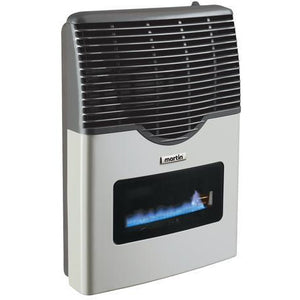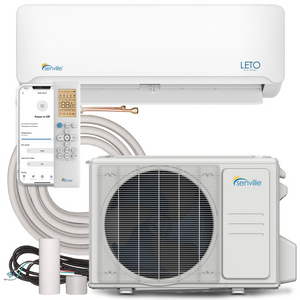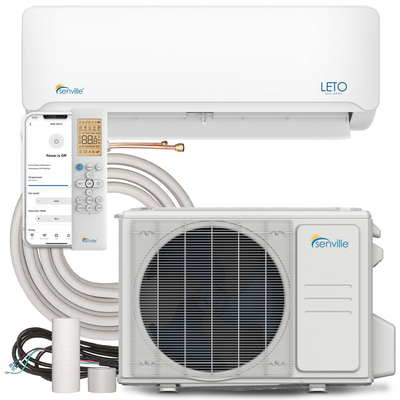- Sort by Featured
- Sort by Best Selling
- Sort by Alphabetically, A-Z
- Sort by Alphabetically, Z-A
- Sort by Price, low to high
- Sort by Price, high to low
- Sort by Date, new to old
- Sort by Date, old to new
- Sort by Featured
- Sort by Best Selling
- Sort by Alphabetically, A-Z
- Sort by Alphabetically, Z-A
- Sort by Price, low to high
- Sort by Price, high to low
- Sort by Date, new to old
- Sort by Date, old to new
As you’re deciding on the type of solar panel you’d prefer for your off-grid system, much of your decision will come down to the specifics of your property and your financial situation. Monocrystalline, polycrystalline, and thin-film panels each have their own advantages and disadvantages, and the solution you should move forward with depends on your property and your goals for the solar project.
Property owners with more open space for solar panels can save money upfront by installing lower efficiency, lower-cost polycrystalline panels. If you have limited space available and are looking to maximize your electric bill savings, you can do so by installing high-efficiency, monocrystalline solar panels.
As far as thin-film panels go, it’s most common to choose this type of solar panel if you’re installing on a oddly shaped surface, or a large commercial roof that cannot handle the additional weight of traditional solar equipment. These types of roofs can also afford the lower efficiencies of thin-film panels because they have more area to cover. Additionally, thin-film panels can also be a useful solution for portable solar systems, like on tiny houses, RVs, or boats.









































